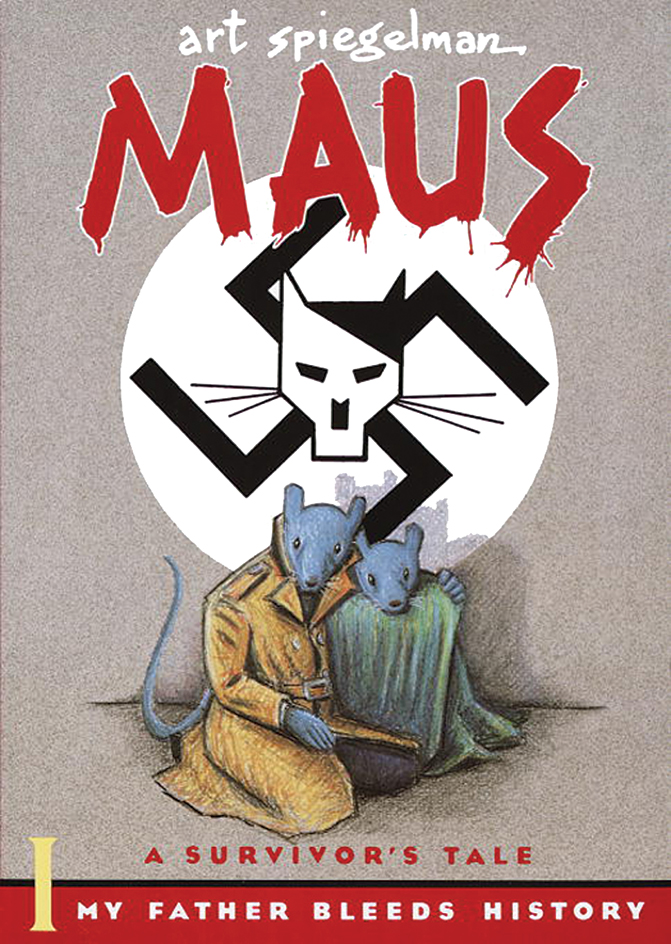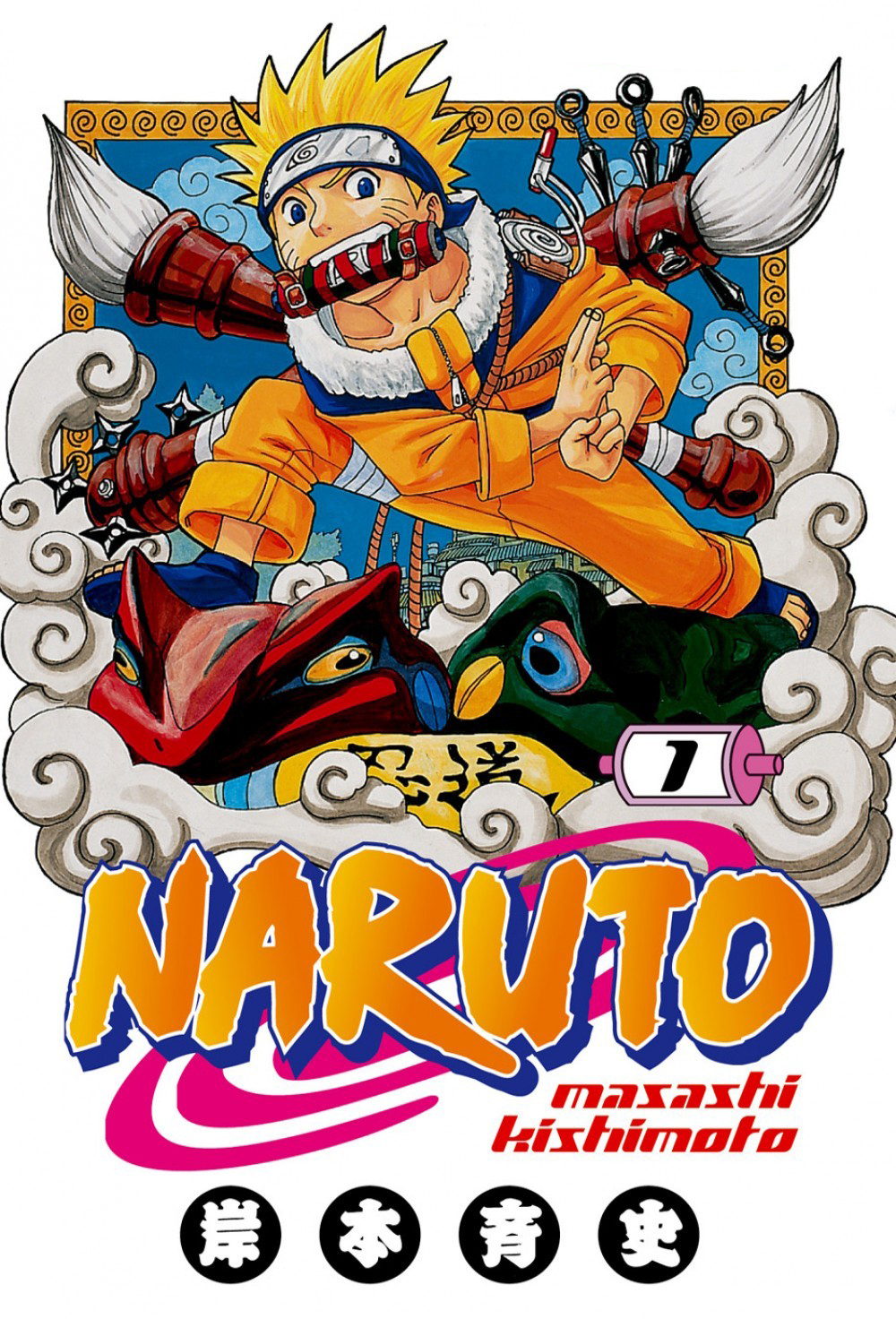Comics is an art form in which two or more cartoon pictures appear in a sequence. The pictures, known as panels, are usually combined with words. Most comics tell stories, though they have also been used for education, artistic expression, and other purposes.
Comics are popular reading material throughout the world, particularly in Europe and Japan. The popularity of characters from the comics has made them a useful tool in advertising. Many characters have appeared on radio and television and in motion pictures, as well as in books, plays, songs, and as toys. In the United States, the two most familiar forms of comics are the comic strip, first popularized in the late 1800’s, and the comic book, first popularized in the 1930’s.
Comic strips
appear regularly in newspapers and magazines. Most feature a recurring set of characters in daily or weekly installments. Traditionally, a comic strip has three or four panels in weekday newspapers and as much as a half page in Sunday editions. Many comic strips are humorous. However, some feature serious adventure stories or real-life dramas. Other strips comment on social or political issues.
Most comic strips are drawn in a simplified style. But some adventure strips, such as Hal Foster’s “Prince Valiant” and Milton Caniff’s “Terry and the Pirates,” had more realistically drawn characters and backgrounds.
The first widely popular American comic-strip character was the Yellow Kid. The strip was drawn by Richard F. Outcault for the New York World newspaper beginning in 1895. Comic strips boosted newspaper sales, and most papers quickly adopted the strips.
Many early comic-strip artists conducted bold experiments. For example, Winsor McCay drew the spectacular “Little Nemo in Slumberland,” beginning in 1905. It portrayed the dreams of a boy named Nemo, who always awoke in the last panel. Other popular early comic strips included “Mutt and Jeff”; “Krazy Kat”; “Thimble Theatre,” which later featured Popeye the Sailor Man; and “Little Orphan Annie.” Popular comic strips since that time have included “Dick Tracy,” ”Li’l Abner,” “Pogo,” “Beetle Bailey,” “Peanuts,” “B.C.,” “Doonesbury,” “Garfield,” “Bloom County,” “Calvin and Hobbes,” and “Dilbert.”
Comic books
are magazines that contain a single story or a collection of stories, often featuring a continuing set of characters. Today, many American comic books carry adventure stories that incorporate elements of fantasy and science fiction. Characters called superheroes, who have extraordinary powers, are especially popular.
The first American comic books, such as Famous Funnies (first sold in 1934), collected popular newspaper strips. As demand for comic books increased, writers and artists created new material specifically for the new format. In 1938, Jerry Siegel and Joe Shuster introduced Superman, one of the most popular characters in the history of comic books. Superman inspired the creation of other heroes, notably Captain Marvel and Batman. Such artists as Will Eisner in The Spirit and Jack Cole in Police Comics expanded the artistic possibilities of the comic-book format.
Artistic experimentation and adult themes flourished in the 1950’s through the efforts of Harvey Kurtzman, artist and editor of Mad magazine. The widespread publication of gruesome horror comics, however, drew much negative publicity. In response, several comic book publishers established a self-censorship program called the Comics Code Authority. It reviewed comic books before publication and barred material it judged offensive from carrying its seal of approval.
Superhero comics enjoyed renewed success in the 1960’s. Artist Jack Kirby and writer Stan Lee created four superheroes called the Fantastic Four for Marvel Comics in 1961. The four were Mr. Fantastic, the Human Torch, the Thing, and the Invisible Girl. Kirby developed a dynamic style of composition and storytelling that influenced generations of superhero comics. Lee injected modern themes and down-to-earth problems into the lives of the superheroes. In 1962, Marvel introduced the Amazing Spider-Man in a story by Lee and artist Steve Ditko. 
The “underground comics” of the late 1960’s marked a radical departure in both style and content. Such artists as Robert Crumb, S. Clay Wilson, and Gilbert Shelton used explicit sexuality and biting social satire. Their work was distributed outside of regular channels to bypass the regulations of the Comics Code Authority. The work of these artists became symbolic of that decade’s counterculture. Members of the counterculture rejected the lifestyles of the middle class.
The new comics.
The spirit of creative freedom and independence developed by the underground comics encouraged a revolution in the way comics are created and sold. Starting in the 1970’s, many individuals and small companies began competing with the larger publishers. Independent or “alternative” artists experimented with new styles, more sophisticated formats, and stories suited to adults. For example, the graphic novel is a book-length comic book that tells a single complex story for adults. The most celebrated example is the two-volume Maus: A Survivor’s Tale (1986, 1991) by Art Spiegelman. The books tell of the artist’s relationship with his father and the experiences of his father and mother in the Holocaust. Other popular graphic novels include Watchmen (1987) by Alan Moore; Persepolis (2000) by Marjane Satrapi; and Smile (2010) by Raina Telgemeier.
Stores that specialized in comic books grew to prominence in the 1970’s and 1980’s. These stores account for the majority of the U.S. sales of comic books. Graphic novels are frequently found in bookstores. A popular source for graphic novels is translated manga (Japanese comic books). Nearly every form and format of comic has a digital equivalent available online. Some comics exist solely in digital form for Internet consumption through dedicated websites or via social media platforms.

Use of the Comics Code declined over time. By 2011, publishers had taken individual responsibility for material aimed at a variety of audiences.
